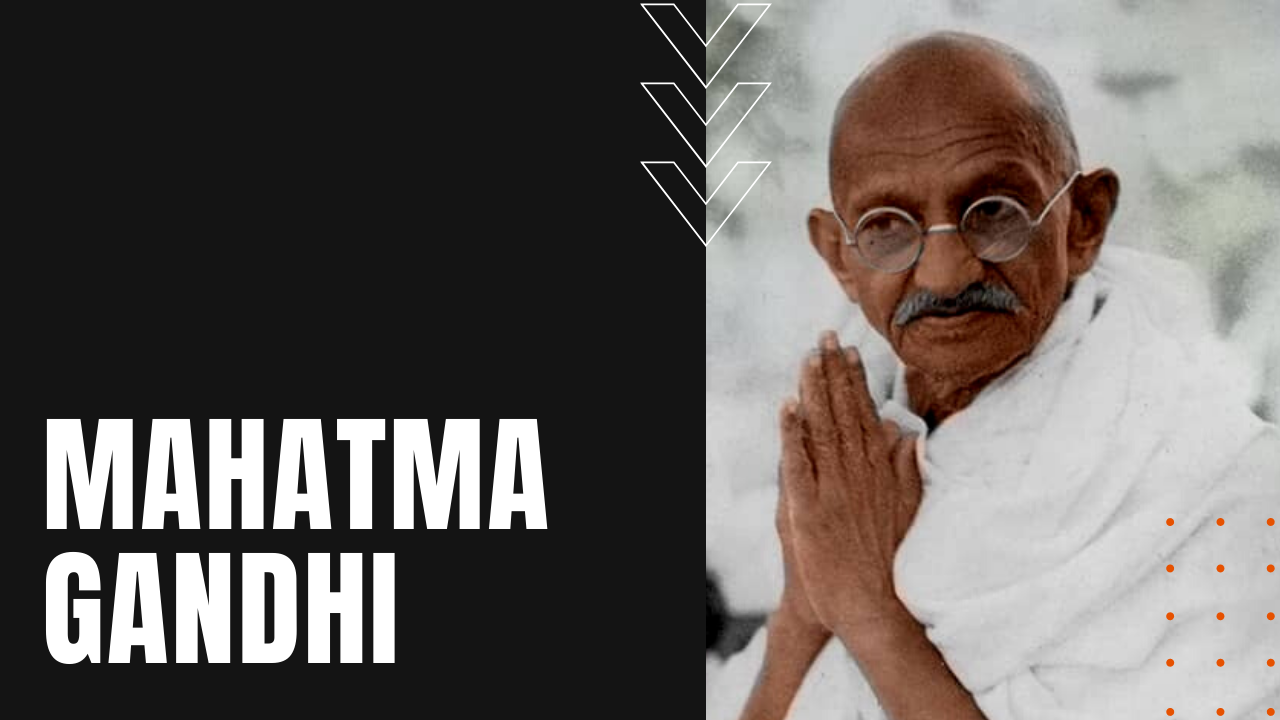Mahatma Gandhi: Lawyer, Activist, Icon of Peaceful Protest

Who was Mahatma Gandhi?
Born Mohandas Gandhi on October 2nd, 1869, at age 19, Gandhi left his home in Porbandar India to study law at Inner Temple, one of London’s four law colleges. After establishing a law practice in Bombay, upon its failure, he accepted a position with an Indian firm in South Africa, spending the next twenty years on the African continent, where he and his wife and children experienced an appalling degree of racial discrimination.
Gandhi Advocates Change in South Africa
In 1906, after the South African government imposed punitive registration laws on Indian nationals, Gandhi led a protest of nonviolent civil disobedience that would last for eight long years, resulting in jail time for thousands of protesting Indian workers, who were subsequently beaten, flogged and even shot.
After Britain and India applied pressure on South African officials, the country ended its discriminatory practices in a compromise negotiated by Gandhi and General Jan Christian Smuts, which recognized Indian marriages and abolished race-based poll taxes.
Gandhi’s Return to India
Returning to India in July of 1914, Gandhi would go on to become the most visible proponent for Indian independence from British rule, where his embrace of nonviolent protest and his practice of prayer, fasting and meditation made him a revered figure among his followers, who nicknamed him Mahatma, which translates in the Sanskrit to “the great-souled one.”
Gandhi grew his independence movement into a massive organization, spearheading boycotts of British products and institutions, while advocating for khaddar or homespun cloth in order to boycott imported British textiles.
Gandhi was arrested by British authorities in 1922, where he was charged and sentenced to a six-year prison term for sedition, only to be released two years later after an appendicitis operation. He refrained from active protests until 1930, when he launched a new civil disobedience campaign against the British government’s tax on salt, which he deemed burdensome on India’s poorest citizens.
Gandhi was arrested yet again in 1931 after a Round Table Conference in London over the issue of Indian independence, followed by a series of hunger strikes in protest of the treatment of “untouchables” or dalit, which remain to this day the poorest class in the Indian caste system.
After Britain finally granted Indian independence in 1947, Gandhi again made his voice heard over the British decision to split the country in two, creating the independent nations of India and Pakistan.
The Death of Mahatma Gandhi
In January of 1948, Gandhi went on another protest fast to bring about peace in the city of Delhi, and on January 30th, 12 days after his fast had ended, Gandhi was assassinated by Nathuram Godse, who was a Hindu fanatic opposed to Gandhi’s efforts to negotiate with Muslims.
The following day, more than a million people joined a procession behind Gandhi’s body, where he was cremated on the banks of the holy Jumna River.
